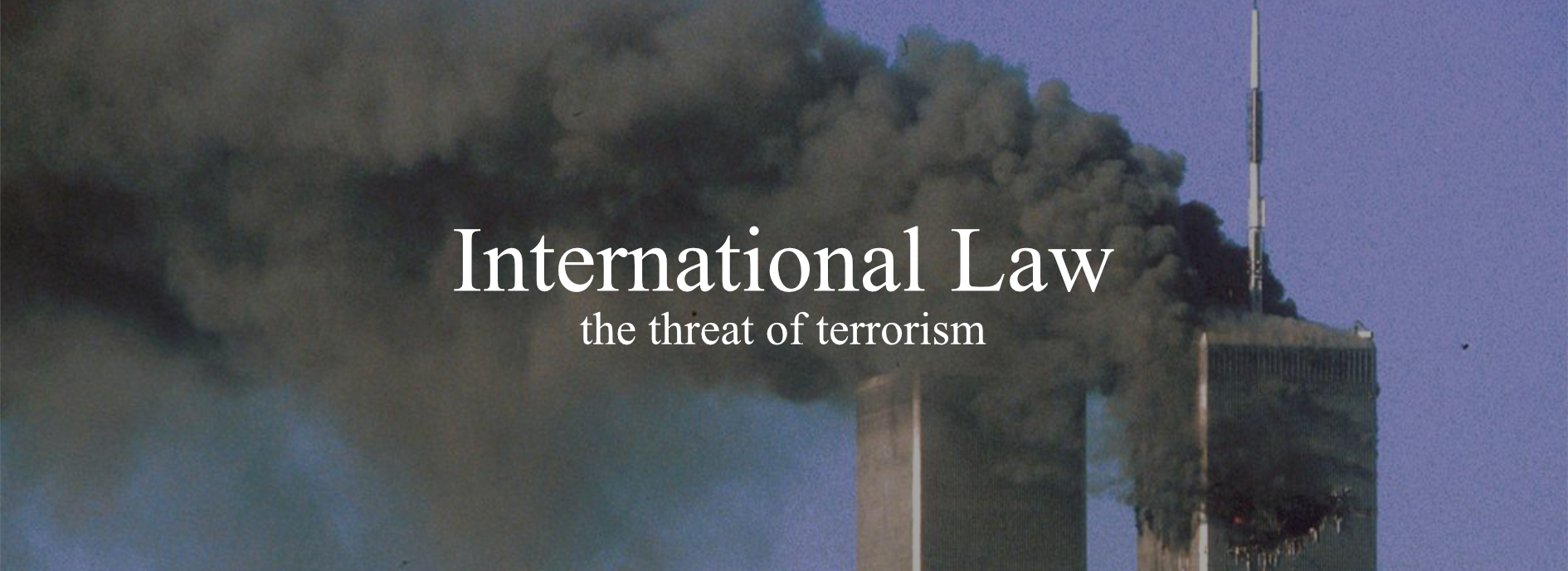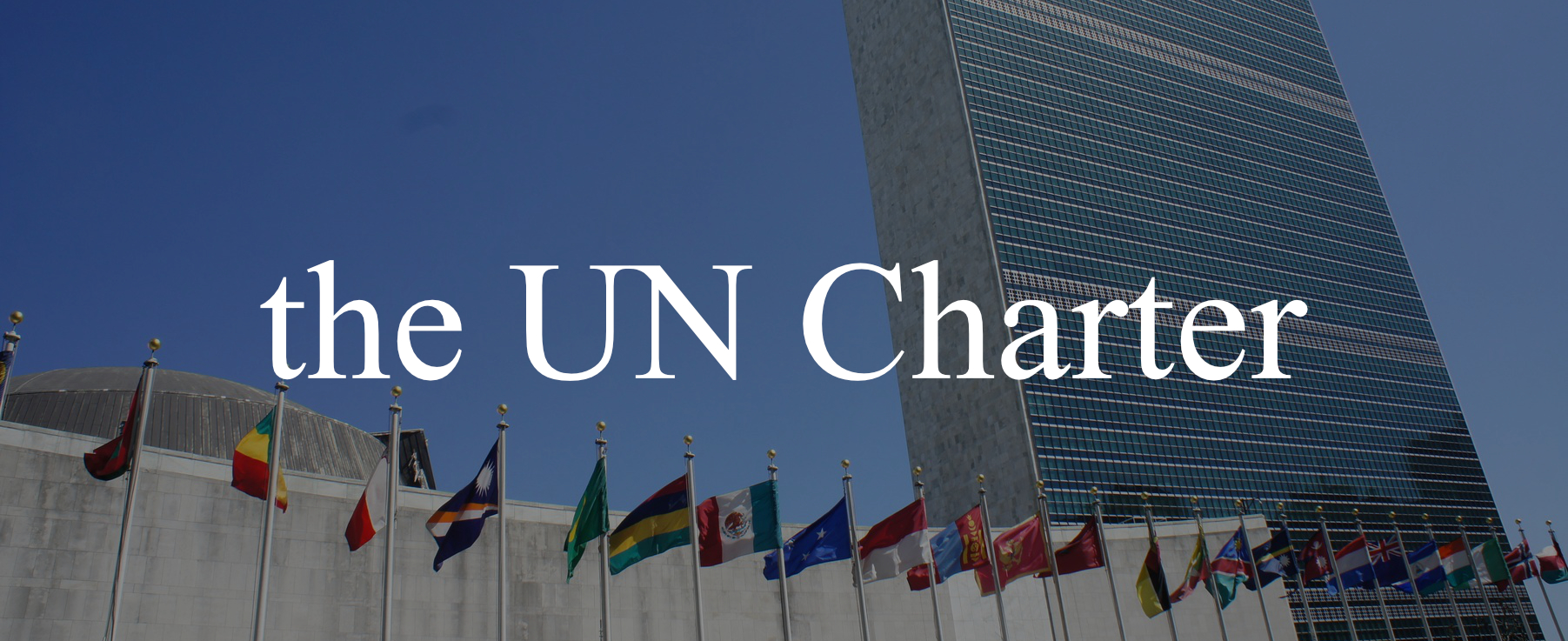
Awurakua Afaribea Yirrah
International law guides relations between States with a view to ensuring global peace and security. This has been an underpinning of international law, and for good reason. Historically, States alone have possessed the will and capacity to inflict harm on another State. Without international law, such destructive acts could go unpunished. International law fills this lacuna by instituting principles to guide the global community and a global governing body to facilitate their application.
The attacks on September 11, 2001 signified a paradigm shift in the conceptualisation of global security. It showed that Non-State actors could have the will and capacity to inflict harm on States. Until then, this had been beyond the contemplation of international law.
What developments in international law are needed to tackle terrorism? This paper explores this question by traversing State responses to terrorist attacks, including Ghana’s response to burgeoning terrorist threats, and the underlying legal provisions. A determination will be made on whether these legal provisions inadvertently limit the efficacy of State responses. Recommendations on how international law can contend with terrorism will be outlined. This analysis will be against the backdrop of Article 51 of the UN Charter.

Awurakua Afaribea Yirrah

A major way international law ensures global security is through the institution of the United Nations (UN) which acts as a global governing body.
The United Nations Charter is the foundational instrument governing the UN and in effect, governing world peace and security.






there might be recalcitrant States who use FORCE. The UN Charter contemplates that and gives victim States respite.
This is in the form of the only acceptable exception to the prohibition of the use of force.
All States are regarded as sovereign. That is a basic principle of international law. Thus, the internal affairs of a State are, generally, guided by the State's own laws and procedures. The principle of State sovereignty also, generally, protects against invasions and/or intrusions by other States. This principle of sovereignty has been codified in Article 2(4) of the UN Charter.
BUT, with rights come obligations. As Kalliopi Chainoglou observes, the correlation between a State's(X) right to sovereignty and another State's(Y) right of self-defence is contingent, to some extent, on the degree to which X has honoured its international obligations primarily vis-à-vis Y, and secondly vis-à-vis the international community. It is a relationship of reciprocity.
So, where a State fails to meet its international obligations and is actively involved in an act of terror against another State, the right to have its sovereignty respected is forfieted and an attack by the victim State in self-defence may be appropriate. In fact such a scenario is fully contemplated in Article 51 of the Charter.
How has international law grappled with the threat of terrorism?

The Way Forward
A BETTER SOLUTION?
- a definition of terrorism
- the range of activities constituting terrorist acts
- enforcement mechanisms
A framework to ensure global peace and security.
In a globalized world the activities of one State may have profound impacts on another State. In other words, the security of one State is intrinsically interlinked with the security of another.
What is International Law?
One of the foremost ways it seeks to preserve peace and security is a blanket ban on the threat of and use of force at Article 2(4).
This makes sense because nothing disrupts peace and security like combat. Violence, or the threat of violence is completely anthetical to peace and security. In fact, such violence will only breed insecurity. If the aim is peace and security, removing a root cause of insecurity (use of force and violence) is appropriate.
The expectation, though, is for the minimal use of force in self-defense since member States will be compliant with the terms of the UN Charter.
In this way, International Law preserves global peace and security.
But this is no perfect world and sometimes,

- VR Raghavan, ‘Pakistan Institute of International Affairs Challenges to Global Security Author ( s ): V . R . Raghavan Source : Pakistan Horizon , Vol . 60 , No . 3 , GLOBAL SECURITY ( July 2007 ), Pp . 23-39 Published by : Pakistan Institute of International Affairs S’ (2017) 60 23.
- Victor Kattan, ‘Furthering the “War on Terrorism” through International Law: How the United States and the United Kingdom Resurrected the Bush Doctrine on Using Preventive Military Force to Combat Terrorism’ (2017) 1702 Journal on the Use of Force and International Law 1.
- M Bothe, ‘Terrorism and the Legality of Pre-Emptive Force’ (2003) 14 European Journal of International Law 227.
- A Cassese, ‘Terrorism Is Also Disrupting Some Crucial Legal Categories of International Law’ (2001) 12 European Journal of International Law 993.
- Michael Byers, ‘Shorter Articles, Comments and Notes on Terrisom, The Use of Force and International Law After 11 September: The United States Response to the Terrorist Attacks of II September 2001 Was Encouraging for Those Who Worry about a Tendency towards Unilateralism’ (2002) 51 Iclq 401.
- Jackson Nyamuya Maogoto, ‘War on the Enemy: Self-Defence and State-Sponsored Terrorism’ (2003) 4 Melbourne Journal of International Law 406.
- Antonio Cassese, ‘The International Community’s “Legal” Response to Terrorism’ (1989) 38 International and Comparative Law Quarterly 589.
Found in Article 51, this exception is self defense.
Article 51
Nothing in the present Charter shall impair the inherent right of individual or collective self-defence if an armed attack occurs against a Member of the United Nations, until the Security Council has taken measures necessary to maintain international peace and security. Measures taken by Members in the exercise of this right of self-defence shall be immediately reported to the Security Council and shall not in any way affect the authority and responsibility of the Security Council under the present Charter to take at any time such action as it deems necessary in order to maintain or restore international peace and security.
































































































































































































































































































































































































































































